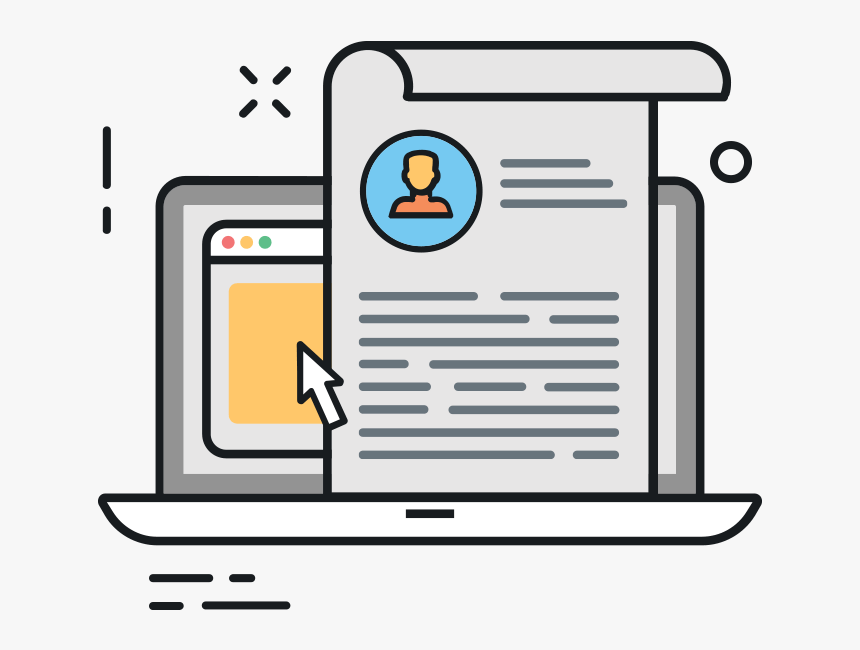Optimizing Customer Onboarding for Enhanced Customer Lifetime Value
Effective customer onboarding is paramount for cultivating enduring customer relationships and maximizing customer lifetime value (CLTV). This process, encompassing the initial engagement and integration of new customers with a product or service, significantly impacts customer satisfaction, retention, and ultimately, business profitability. This article details a strategic framework for implementing a successful customer onboarding process, incorporating relevant theoretical models and practical applications.
Defining Key Concepts: Customer onboarding is defined as a structured process designed to guide new customers through the initial stages of product or service adoption, ensuring they achieve value and become successful users. Customer lifetime value (CLTV) represents the total revenue a business expects to generate from a single customer over their entire relationship. The Technology Acceptance Model (TAM) posits that user acceptance of technology depends on perceived usefulness and perceived ease of use, both crucial factors in successful onboarding. The Diffusion of Innovations theory highlights the importance of understanding how new customers adopt products, guiding the design of appropriate onboarding strategies.
- Establishing Clear, Measurable Objectives: Before embarking on any onboarding design, it's crucial to define specific, measurable, achievable, relevant, and time-bound (SMART) goals. This might entail reducing customer churn by a certain percentage within a specific timeframe, increasing product adoption rates, or improving customer satisfaction scores. Using a balanced scorecard approach ensures diverse metrics are considered beyond financial gains (e.g., user engagement and satisfaction). For instance, a company might aim to achieve a 90% product activation rate within the first month of onboarding.
- Crafting Personalized Onboarding Journeys: Recognizing that customers possess diverse needs and preferences, a successful onboarding process must be highly personalized. Segmentation, based on customer demographics, purchase history, and usage patterns, allows for the creation of tailored onboarding pathways. This might involve using data analytics to understand customer segments and subsequently personalize training materials, tutorials, or support channels. A SaaS company could tailor its onboarding based on customer industry and team size.
- Delivering a Seamless Initial Experience: The first impression is critical. A welcoming email, personalized welcome message, or a proactive initial contact from a dedicated onboarding specialist can set a positive tone. This aligns with the principles of relationship marketing, focusing on building rapport and trust early on. This could involve a personalized video message from the CEO or a customized welcome kit for new clients.
- Providing Comprehensive Product Training: Effective product training is paramount. Utilizing a multi-modal approach—incorporating self-paced tutorials, video demonstrations, interactive webinars, and live training sessions— caters to diverse learning styles. The design of training should adhere to principles of instructional design, ensuring clarity, engagement, and knowledge retention. For example, a software company can offer a combination of video tutorials, written guides, and live Q&A sessions.
- Assigning Dedicated Onboarding Specialists: Designating a dedicated onboarding specialist or team acts as a single point of contact, providing personalized guidance and support to new customers. This approach aligns with the service-dominant logic, prioritizing the customer's experience and co-creating value. This specialist can proactively address concerns, answer questions, and ensure a smooth transition.
- Implementing a Structured Onboarding Checklist: A detailed checklist helps to maintain consistency and ensure all crucial steps are completed, both for the customer and internal teams. This streamlines processes, reduces errors, and increases efficiency. Each item on the checklist should have clearly defined completion criteria and assigned responsibility.
- Monitoring and Analyzing Customer Engagement: Utilizing analytics dashboards and tracking mechanisms provides insights into customer behavior during onboarding. This data helps identify areas for improvement and optimize the process. Key metrics to track include product activation rates, time-to-value, and customer satisfaction scores. A heatmap analysis could be conducted to visualize customer interaction and identify pain points.
- Continuously Gathering and Implementing Feedback: Regularly soliciting feedback through surveys, interviews, or in-app feedback mechanisms helps in understanding the customer experience and identifying opportunities for enhancements. Implementing an iterative design process based on this feedback is crucial for continuous improvement. Implementing Net Promoter Score (NPS) surveys can regularly assess customer loyalty.
- Setting Realistic Expectations: Transparency is key. Clearly communicating timelines, deliverables, and potential challenges prevents surprises and builds trust. This reduces frustration and enhances the overall onboarding experience. Setting realistic goals that are achievable and communicated clearly is crucial.
- Cultivating a Supportive Community: Creating a forum or community platform for customers to connect, share experiences, and support each other fosters collaboration and strengthens brand loyalty. This aligns with social learning theories, acknowledging the value of peer-to-peer interaction. This could involve a dedicated online forum, social media group, or user-generated content hub.
- Offering Proactive Support: Anticipating and addressing potential issues before they arise is vital. Employing techniques such as automated chatbots, proactive email support, and knowledge bases helps to guide customers through potential obstacles. This approach reduces support tickets and enhances the overall customer journey.
- Celebrating Customer Milestones: Acknowledging and celebrating customer achievements during the onboarding process boosts morale and reinforces positive associations with the brand. This could include in-app notifications, personalized emails, or small gifts recognizing key milestones. This creates a positive reinforcement loop.
- Providing Ongoing Support and Resources: Onboarding doesn't conclude with the initial process. Continuing to provide access to relevant resources, like knowledge bases, FAQs, webinars, and regular updates, ensures ongoing customer success and engagement. This supports the customer through their entire lifecycle.
- Maintaining Consistent Communication: Even after completing the onboarding phase, maintaining regular communication with customers demonstrates care and builds stronger relationships. This might include regular newsletters, product updates, or personalized check-in emails. Maintaining this post-onboarding communication strengthens brand loyalty.
- Continuous Process Optimization: A successful onboarding process requires continuous assessment and improvement. Regularly reviewing metrics, analyzing feedback, and adapting strategies ensures the process remains relevant and effective. A continuous improvement loop ensures the process adapts to changing customer needs and market trends.
Conclusions and Recommendations
Implementing a robust customer onboarding program requires a strategic approach that leverages data analytics, personalization techniques, and continuous improvement methodologies. By focusing on clear objectives, personalized experiences, proactive support, and ongoing engagement, businesses can significantly enhance customer satisfaction, reduce churn, and ultimately maximize CLTV. The application of models like TAM and Diffusion of Innovations theory is critical to inform the design and implementation of effective strategies. Further research could explore the impact of different onboarding strategies on specific customer segments and the long-term implications of personalized onboarding on customer loyalty and advocacy. This could involve A/B testing various onboarding approaches to determine optimal strategies for different customer segments. This necessitates a feedback mechanism coupled with data-driven analysis to ensure continuous improvement in the onboarding process.
Reader Pool: How might the integration of Artificial Intelligence (AI) powered tools further optimize customer onboarding processes, and what are the potential ethical considerations associated with such integration?







No comments yet. Be the first to share your thoughts!